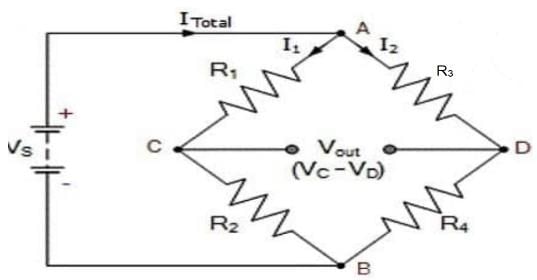Test: Kirchoff's Laws - JEE MCQ
Test Description
5 Questions MCQ Test - Test: Kirchoff's Laws
Test: Kirchoff's Laws for JEE 2024 is part of JEE preparation. The Test: Kirchoff's Laws questions and answers have been prepared
according to the JEE exam syllabus.The Test: Kirchoff's Laws MCQs are made for JEE 2024 Exam.
Find important definitions, questions, notes, meanings, examples, exercises, MCQs and online tests for Test: Kirchoff's Laws below.
Solutions of Test: Kirchoff's Laws questions in English are available as part of our course for JEE & Test: Kirchoff's Laws solutions in
Hindi for JEE course.
Download more important topics, notes, lectures and mock test series for JEE Exam by signing up for free. Attempt Test: Kirchoff's Laws | 5 questions in 10 minutes | Mock test for JEE preparation | Free important questions MCQ to study for JEE Exam | Download free PDF with solutions
Test: Kirchoff's Laws - Question 1
At any junction, the sum of the currents entering the junction is equal to the sum of _______
Detailed Solution for Test: Kirchoff's Laws - Question 1
Test: Kirchoff's Laws - Question 2
The ______ of changes in potential around any closed loop involving resistors and cells in a loop is zero.
Detailed Solution for Test: Kirchoff's Laws - Question 2
| 1 Crore+ students have signed up on EduRev. Have you? Download the App |
Detailed Solution for Test: Kirchoff's Laws - Question 3
Test: Kirchoff's Laws - Question 4
Given N resistors each of resistance R are first combined to get minimum possible resistance and then combined to get maximum possible resistance. The ratio of the minimum to maximum resistance is
Detailed Solution for Test: Kirchoff's Laws - Question 4
Test: Kirchoff's Laws - Question 5
Two cells of 1.25 V and 0.75V are connected in parallel. The effective voltage will be
Detailed Solution for Test: Kirchoff's Laws - Question 5
Information about Test: Kirchoff's Laws Page
In this test you can find the Exam questions for Test: Kirchoff's Laws solved & explained in the simplest way possible.
Besides giving Questions and answers for Test: Kirchoff's Laws, EduRev gives you an ample number of Online tests for practice
Download as PDF


















